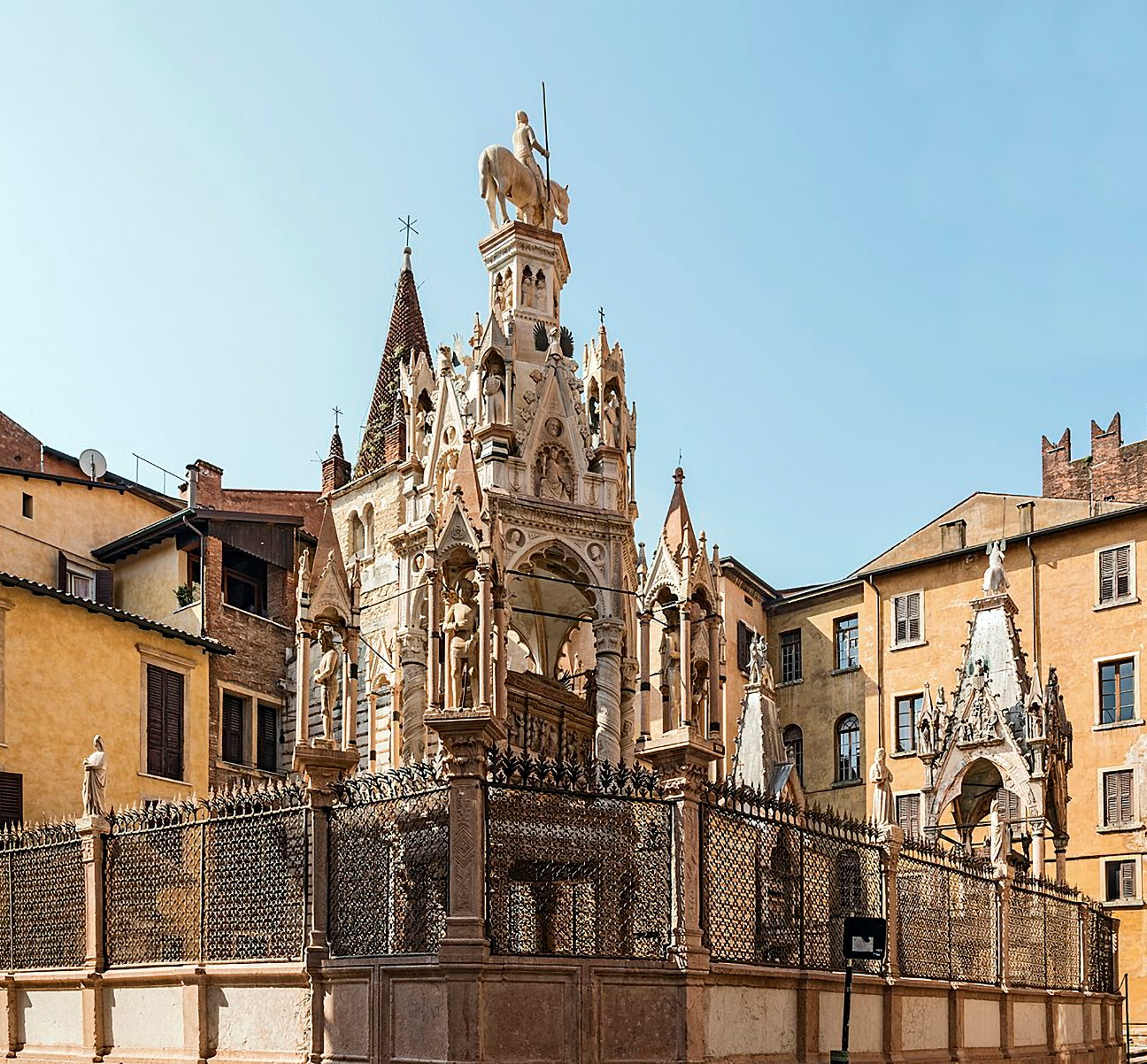Verona is an Italian municipality, the capital of the homonymous province in Veneto. It is the most populous municipality in the region, located on the northern edge of the Po Valley, along the Adige River and at the foot of the Lessini Mountains.
Of prehistoric origin, the settlement was refounded by the Romans inside the bend of the river around the middle of the 1st century BC, remaining under the rule of the Empire until the 5th century, when it was occupied by the Germanic king Theodoric the Great. It first became part of the Lombard dominion and then of the Franks, remaining faithful in the following centuries to the emperors of the Holy Roman Empire. It became a free municipality at the beginning of the 12th century and then prospered under the Lordship of the Scaligeri. It dedicated itself to the Serenissima in 1405, passing under the government of the Republic of Venice. Militarily occupied by Napoleon in 1797, in 1815 it became part of the Austrian Empire which transformed it into its major military stronghold in Italian territory, to then be annexed to the Kingdom of Italy in 1866.
Verona has been declared a World Heritage Site by UNESCO for its urban peculiarities and for its artistic and cultural heritage. Its symbol is the Arena and it is known worldwide for William Shakespeare’s play Romeo and Juliet. It is a university town and an important hub of logistical and intermodal exchange through the Quadrante Europa, the industry plays a key role in the city’s economy, as does trade and cultural tourism.



The city has a large number of buildings, some of which are of great historical, artistic, and architectural significance. Here are the main ones:
Verona Cathedral: The main Catholic church in the city.
Basilica of San Zeno: It houses the body of the city’s patron saint.
Basilica of Santa Anastasia: A masterful example of Italian Gothic architecture.
Scaliger Tombs: A monumental funerary complex of the Scaliger family.
Castelvecchio Museum: An important city museum.
Giardino dei Giusti: A beautiful garden in the Veronetta district.
Roman Theatre: An open-air theatre built in the 1st century BC.
Castel San Pietro: Offers a panoramic view of the city.
Church of Santa Maria Antica: One of the most important Romanesque churches.
The Verona Arena: A Roman amphitheatre famous worldwide.